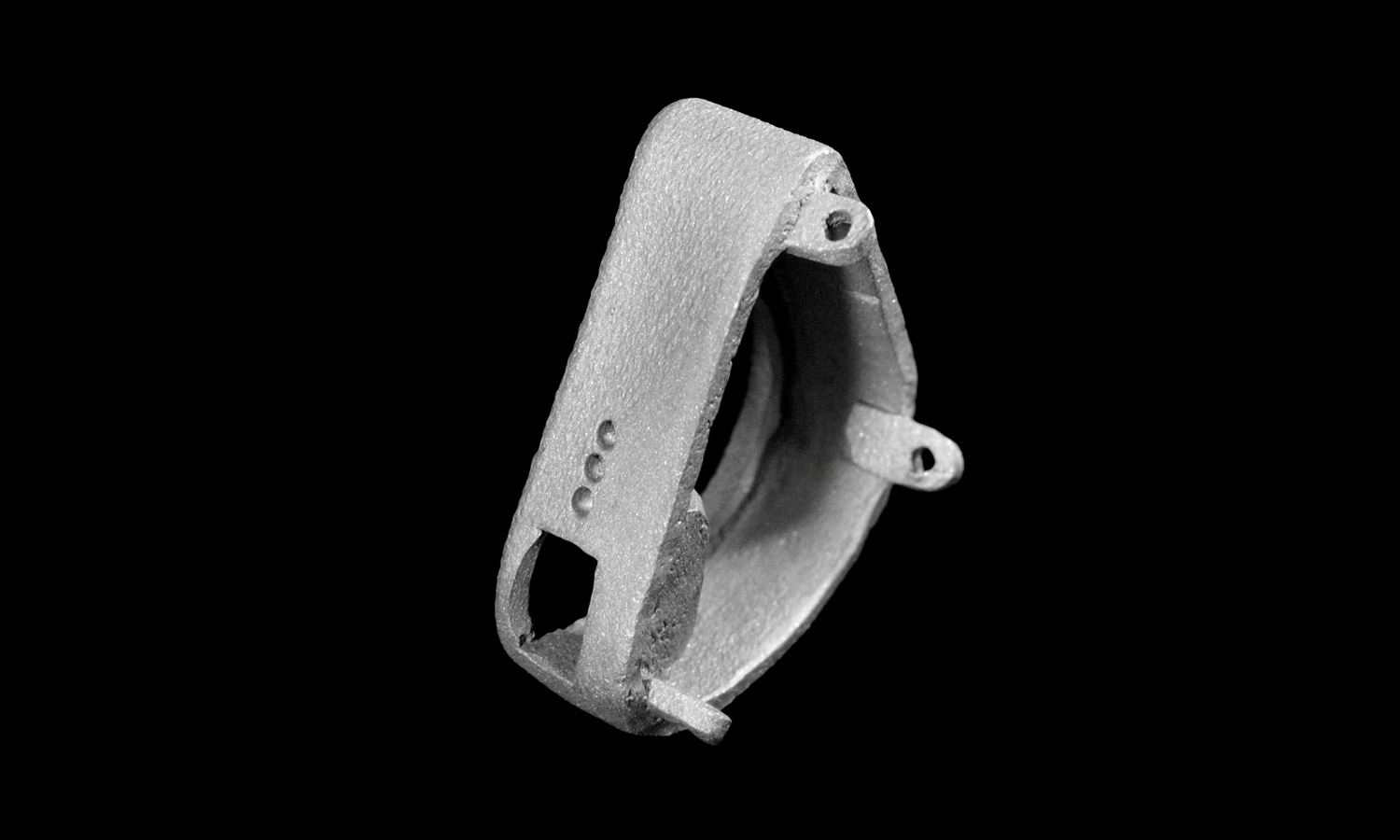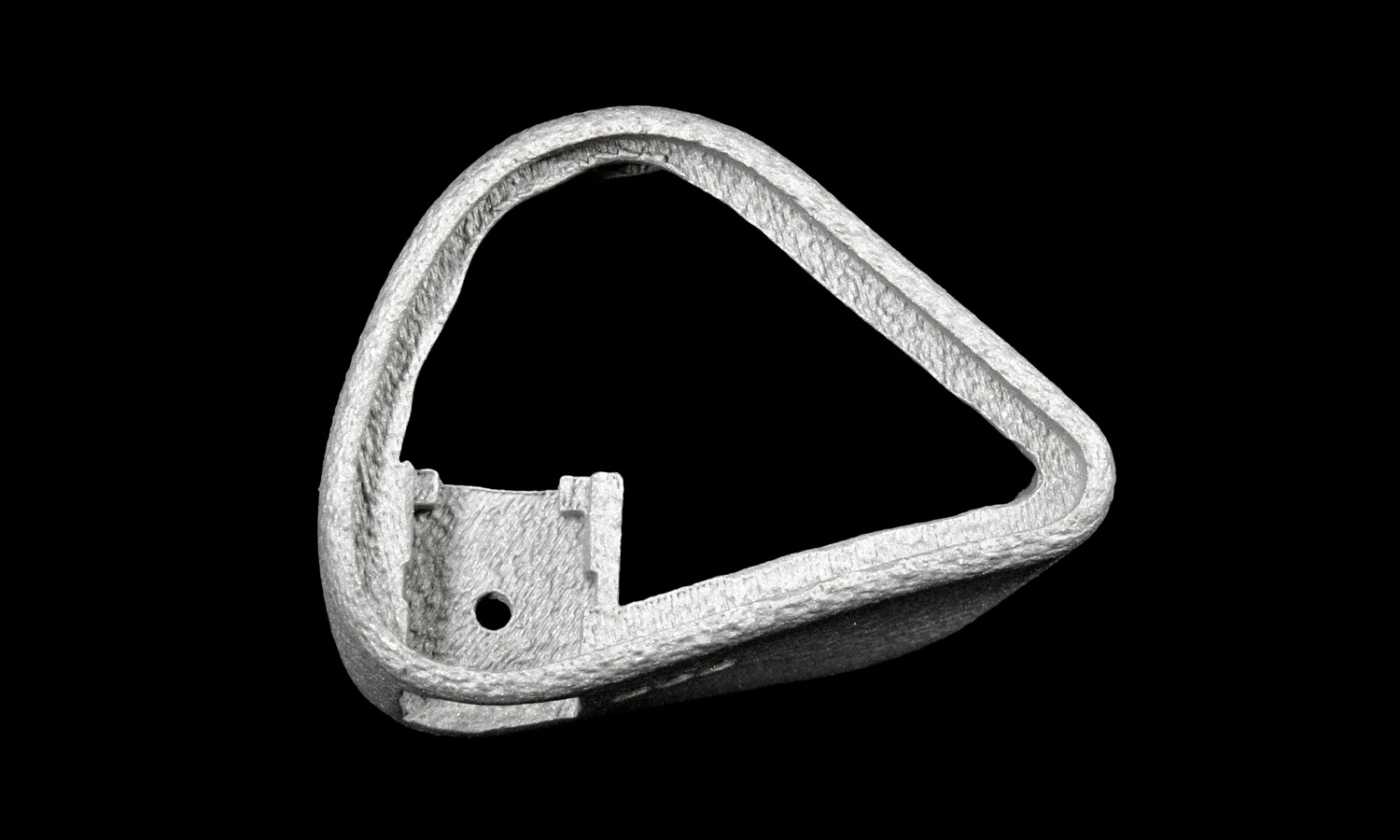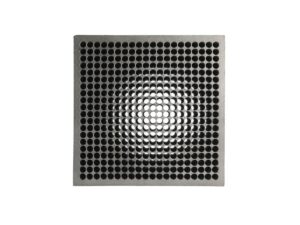- CNC Milled Aluminum Alloy Wireless Earbud PCB Holder
- SLM 3D Printed Aluminum Alloy Wireless Earbud PCB Holder
Gallery
About Project
SLM 3D printing offers exciting possibilities for creating wireless earbud PCB holders. But is stainless steel the right material for your project? While it boasts certain advantages, there are factors to consider when seeking high precision and a flawless surface finish.
SLM 3D Printing: The Advantages
SLM, or Selective Laser Melting, excels in crafting metal components. Here’s how it can benefit your earbud PCB holders:
- Unmatched Strength: SLM stainless steel offers impressive strength, potentially exceeding aluminum’s capabilities in certain applications.
- Design Flexibility: Similar to aluminum, SLM allows for intricate geometries and internal features, optimizing designs for weight distribution and functionality.
- Corrosion Resistance: Stainless steel’s natural resistance to corrosion makes it a valuable option for earbuds exposed to moisture or sweat.
Considering Stainless Steel for Earbud PCB Holders:
While SLM offers advantages, it’s crucial to understand stainless steel’s limitations in this context:
- Surface Finish: Our tests revealed a rougher surface texture compared to other materials. The porous nature of stainless steel can lead to imperfections, potentially impacting the visual quality of your final product.
- Precision Limitations: SLM 3D printing with stainless steel may not be ideal for highly precise features. Holes might not be perfectly round, and overhangs can become deformed.
- Post-Processing Options: Techniques like CNC milling or hand polishing can improve the surface finish, but precision limitations remain.
FacFox: Your Partner in Choosing the Right SLM Material
FacFox is a leader in SLM 3D printing for electronics, offering a range of materials to suit your specific needs. Our team can help you navigate the trade-offs between different materials and recommend the best option for your earbud PCB holders.
- Expert Material Selection: We’ll collaborate with you to understand your project requirements and identify the ideal SLM material for superior results.
- Focus on Quality: FacFox prioritizes high-quality printing processes to ensure the best possible outcome for your project.
- Addressing Your Needs: We offer a variety of post-processing options to enhance the aesthetics of your SLM printed parts, if applicable.
While SLM 3D printing offers exciting possibilities, material selection is crucial. For projects demanding exceptional precision and a flawless surface finish, stainless steel might not be the optimal choice. FacFox can guide you in selecting the most suitable SLM material to elevate the design and functionality of your wireless earbuds.
Check this if you want to know more about the prototyping process of this earbud.
Contact FacFox today to discuss your project and explore the perfect SLM material for your earbud PCB holders!
Solution
- Step 1: Design & 3D Modeling.┬ĀThe wireless earbud PCB holder was initially envisioned and rendered in a 3D CAD model, ensuring the design accommodated the complex shape required.
- Step 2: Slicing. The CAD model was then dissected into thin, horizontal layers, setting the stage for the SLM printing process.
- Step 3: Printing Setup. A high-power laser was utilized to selectively melt stainless steel powder, with the printer distributing a fine layer of this powder onto the build platform.
- Step 4: Layering. The laser proceeded to sinter the powder, adhering to the designŌĆÖs cross-section, layer by layer, until the holderŌĆÖs form materialized.
- Step 5: Cooling & Removal. Upon completion of the printing, the assembly was allowed to cool. The holder was then extracted, and any residual powder was cleared away, unveiling the unrefined piece.
- Step 6: Post-Processing. The stainless steel sample, marked by its notably rough surface, was examined. The materialŌĆÖs inherent porosity contributed to a finish lacking in precision, evidenced by a non-circular hole and a distorted overhang bridge.








